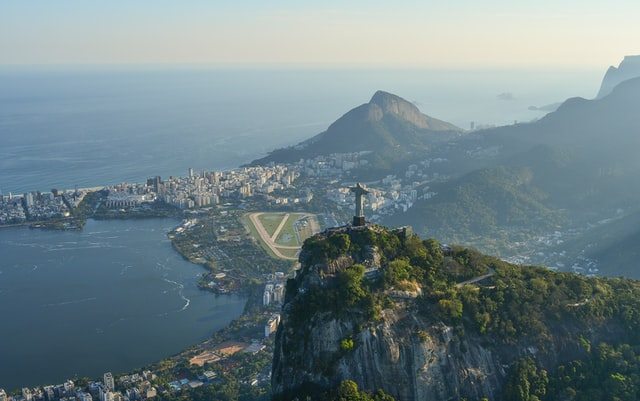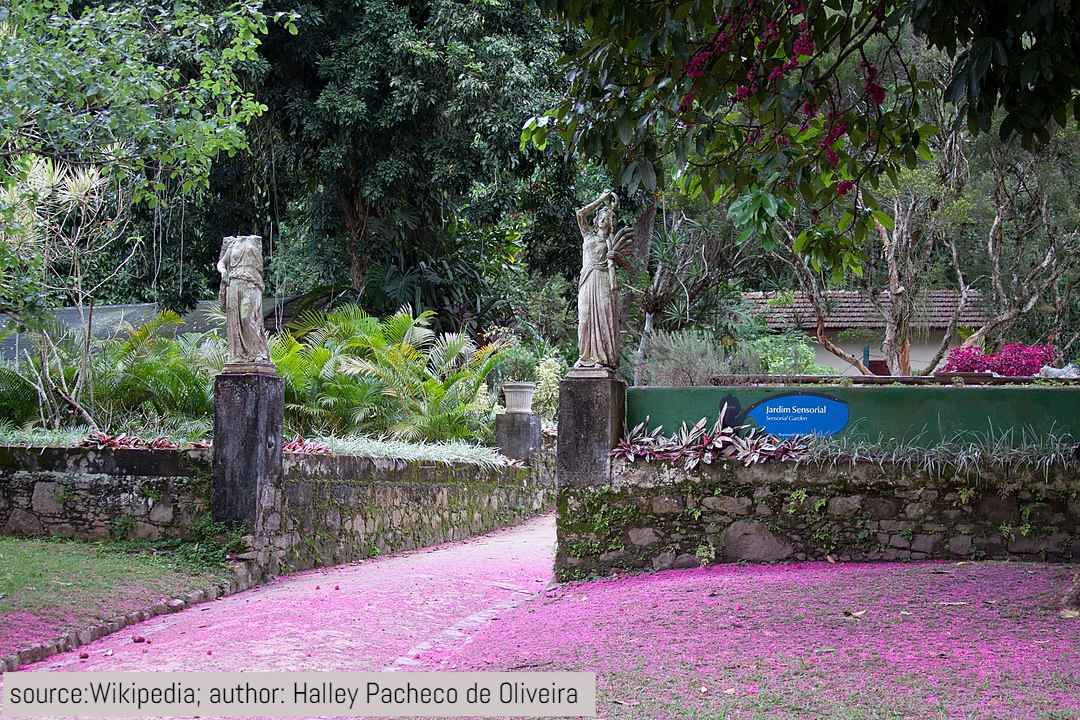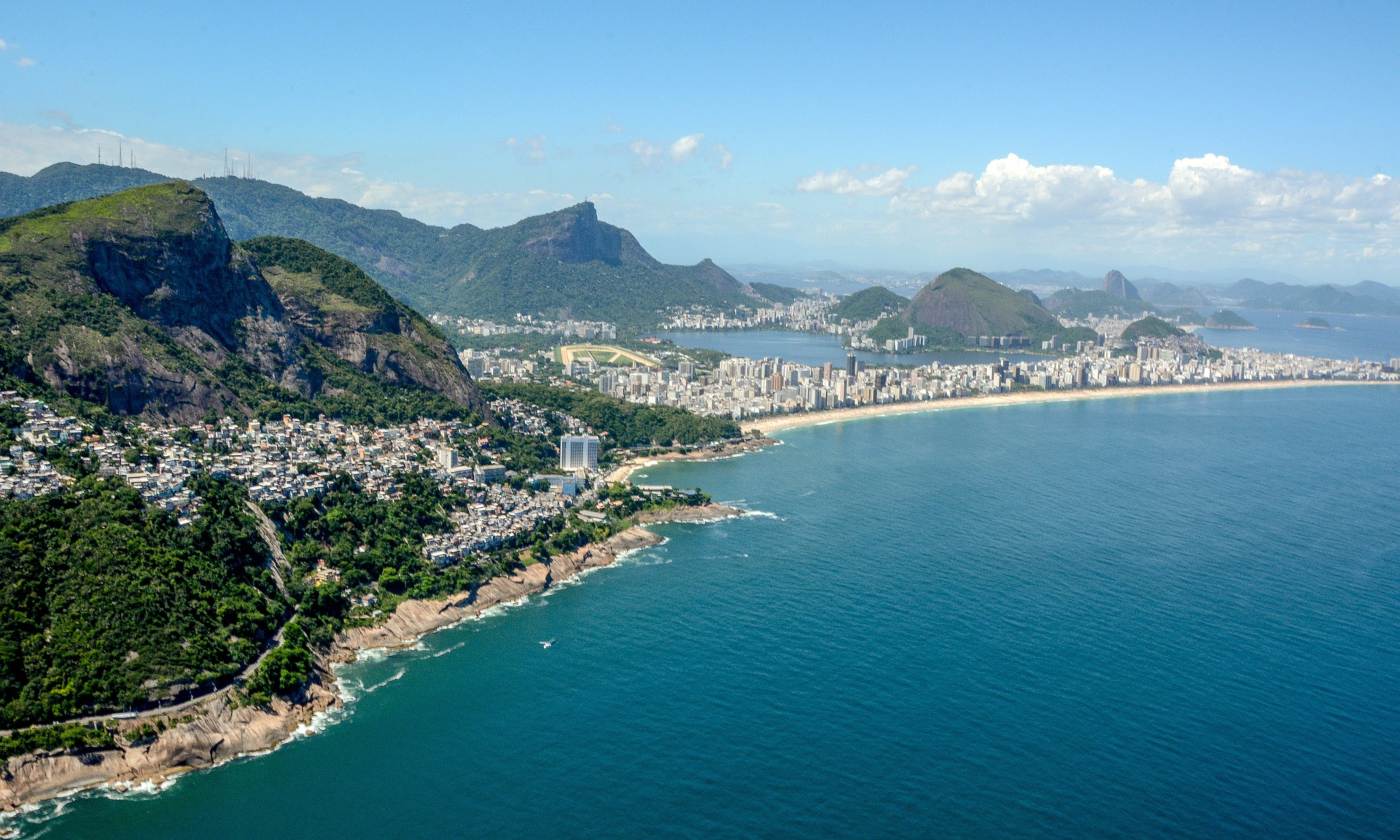Most famous attractions and experiences in South America
South America blends ancient history, dramatic natural landscapes and vibrant modern culture across sites that define the continent. From high Andean ruins to vast rainforests and volcanic islands, each attraction offers a distinctive story and experience.
Machu Picchu
The Inca citadel in the Andes — an archaeological marvel with terraced ruins and mountain views, offering hiking routes like the Inca Trail and deep cultural significance.Iguazú Falls
Amazing waterfalls on the Argentina–Brazil border — extensive cascades, panoramic walkways and boat rides that bring you close to the roar of the falls.The Amazon
The largest tropical rainforest on Earth — river cruises, wildlife viewing and community visits that highlight unparalleled biodiversity and conservation importance.Galápagos Islands
Unique evolutionary hotspot with species found nowhere else — ideal for educational cruises and close wildlife encounters.Patagonia
Glaciers, jagged peaks and expansive national parks like Torres del Paine — a paradise for hikers, mountaineers and landscape photographers.Easter Island (Rapa Nui)
Mysterious moai statues and remote Polynesian culture — a compact archaeological wonder with powerful cultural resonance.Christ the Redeemer & Rio de Janeiro
Iconic statue combined with Rio’s carnival energy — a mix of scenic views, beaches and lively urban culture.Salar de Uyuni
The world’s largest salt flat — mirror-like reflections in the wet season and surreal white landscapes in the dry season, perfect for photography and geology enthusiasts.
Natural attractions and wonders of South America
South America’s natural diversity ranges from icy plateaus and the high Andes to immense rainforests, islands and powerful waterfalls. The continent offers landscapes and seasons suited to every outdoor interest.
Mountains
The Andes (e.g., Aconcagua, Huascarán, Torres del Paine) — high-altitude trekking and mountaineering; seasons vary by route, with austral summer often best; activities: hiking, climbing and multi-day treks.
National Parks
Torres del Paine (Chile) — dramatic granite towers and glaciers; best in austral summer (Dec–Feb); activities: multi-day hikes and wildlife photography.
Los Glaciares (Argentina) — home to Perito Moreno and glacial excursions; best in summer/early autumn; activities: boat cruises and glacier walks.
Islands
Galápagos (Ecuador) — volcanic archipelago with unique wildlife; good year-round depending on activity; activities: snorkeling, wildlife viewing and educational cruises.
Easter Island — archaeological landscapes and volcanic terrain; best in dry months for outdoor exploration.
Lakes & Rivers
The Amazon & tributaries — jungle cruises, biodiversity and community visits; optimal access often in the dry season for easier hiking.
Titicaca — high Andean lake with cultural islands and homestays; best in the dry season (May–Oct).
Deserts
Atacama — the world’s driest desert; best in spring (Sept–Nov) for desert blooms; activities: stargazing, geysers and salt flats.
Salar de Uyuni — vast salt flats with seasonal mirror effects; best mirror conditions after rains (Dec–Mar).
Waterfalls
Iguazú Falls — expansive cascades with walkways and boat rides; viewable year-round, with spring and autumn offering milder weather.
Cultural and historical attractions
South America’s cultural depth is visible in archaeological sites, colonial towns, art institutions and religious centers. The continent weaves indigenous heritage with European colonial influences and contemporary creative scenes.
Ancient Civilizations
Machu Picchu (Peru) — pinnacle of Inca urban planning and ritual life.
Nazca Lines (Peru) — mysterious geoglyphs best seen from the air.
Chan Chan (Peru) — the largest pre-Columbian adobe city in the Americas.
San Agustín (Colombia) — archaeological park with monumental stone sculptures.
Colonial Heritage
Cartagena (Colombia) — walled old town with forts and colonial streets.
Cusco (Peru) — a blend of Inca foundations and Spanish colonial architecture.
Ouro Preto (Brazil) — baroque architecture and mining-era history in Minas Gerais.
Colonia del Sacramento (Uruguay) — charming colonial quarter on the Río de la Plata.
Art & Architecture
Museo del Oro (Bogotá, Colombia) — outstanding collection of pre-Columbian gold artifacts.
MALBA (Buenos Aires, Argentina) — leading museum of Latin American modern art.
Street art in Valparaíso and São Paulo — vibrant murals and creative urban routes.
Colonial churches & museums — richly decorated interiors and historic collections across cities.
Religious Heritage
Lima Cathedral (Peru) — colonial religious architecture with historic chapels.
Santuário Nacional de Aparecida (Brazil) — major Marian shrine and pilgrimage site.
Indigenous spiritual sites and festivals — ceremonies that preserve ancestral traditions.
Historic walking routes — guided tours through sacred and civic heritage areas.
Seasonal attractions and events
South America’s seasonal character varies by region — equatorial areas remain relatively stable while southern and highland zones experience strong seasonal shifts. Below are notable seasonal highlights split into two parts.
Spring & Summer
Carnival in Brazil (February — austral summer) — a major cultural spectacle of music, dance and parades; a peak time for city festivities.
Atacama desert blooms (Sept–Nov — spring) — seasonal wildflower displays after rare rains, ideal for photography and nature walks.
Beach season and summer festivals (Dec–Feb) — coastal cities fill with events, concerts and beach culture.
Amazon visits in the dry season — easier access to trails and lodges, often better wildlife spotting from forest edges.
Autumn & Winter
Inti Raymi in Cusco (June — austral winter) — traditional Inca festival of the sun and a major cultural reenactment.
Whale watching season (southern coasts, June–November) — excellent opportunities to see migrating whales around Patagonia and Argentine shores.
Pantanal wildlife viewing in the dry season (May–Oct) — animals concentrate near waterholes, improving sightings.
Winter mountain activities and glacier viewing — Patagonian winters bring dramatic ice landscapes and seasonal trekking options for experienced travelers.
Note: local climates and optimal months can differ; always check regional seasonality when planning specific activities.
Family-friendly and educational attractions
South America has many family-friendly attractions that blend fun with learning, suitable for children and teens. The region offers hands-on science centers, wildlife experiences and cultural programs that engage all ages.
Interactive science museums (e.g., Museu do Amanhã in Rio)
Hands-on exhibits about science and sustainability designed for curious kids and teens.Aquariums & marine centers (e.g., Aquário de São Paulo)
Close encounters with marine life, educational presentations and family programs.Botanical gardens (e.g., Jardim Botânico in Rio)
Plant displays, themed trails and kids’ workshops introducing local flora.Safaris and wildlife reserves (e.g., Pantanal)
Safe wildlife viewing with guides who explain ecosystems and conservation.Family-friendly Galápagos cruises
Educational island visits with naturalist guides and child-friendly activities.Archaeological parks with family tours (e.g., Machu Picchu)
Guided experiences that bring history to life for younger visitors.Theme parks (e.g., Beto Carrero World)
Rides, shows and attractions geared toward family entertainment.Cultural centers offering kids’ workshops
Hands-on arts, music and folklore programs that introduce children to local traditions.
Tips for exploring and planning visits
Planning travel across South America benefits from awareness of climate zones, long distances and local regulations. A little preparation improves convenience, safety and the overall experience.
- Check the best season for each destination — dry and wet seasons differ between the Amazon, the Andes and Patagonia.
- Hire local guides for archaeological sites and wildlife areas — they provide context, safety and access to lesser-known spots.
- Book tickets and tours in advance for high-demand attractions (Machu Picchu, Galápagos, major national parks).
- Confirm opening hours and local holidays — museums and services can close for regional festivities.
- Plan intercity transport carefully — flights, overnight buses and ferries are common solutions for long distances.
- Follow safety advice: secure documents and valuables, avoid poorly lit or isolated areas at night.
- Acclimatize for high-altitude destinations — take it slow, stay hydrated and allow extra days to adjust.
- Dress in layers and pack sun protection — temperature swings are common, especially between day and night.
- Respect local customs and photo etiquette — always ask before photographing people or sacred sites.
- Check vaccinations and get travel insurance — recommended vaccines (e.g., yellow fever) and insurance for adventure activities are essential.
- Use offline maps and travel apps (download routes, translators and transit info) for areas with limited connectivity.
- Carry a mix of cash and cards — small towns may prefer cash while big cities accept cards widely.























